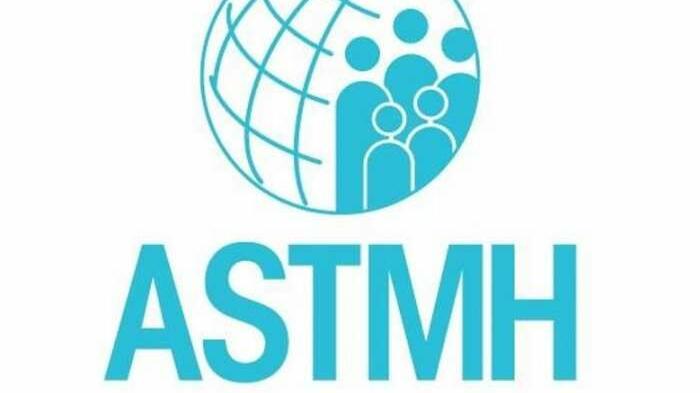
2019 Annual Meeting
ASTMH 68th Annual Meeting
November 20-24, 2019 (Wednesday through Sunday)
Impressive reductions in malaria have occurred throughout sub-Saharan Africa in the 21st century, but progress has not been geographically uniform: despite high coverage of WHO recommended interventions for prevention and treatment, malaria persists in some high-burden countries, and cases are on the rise.
WHO has recently called on country-led approaches to reignite progress in high burden settings.
This symposium will focus on one such setting, Burkina Faso, and describe the findings from a multidisciplinary study recording the human, mosquito and health systems factors (including health financing) that are collectively contributing to the intolerably high levels of malaria transmission.
Clinical data will be presented showing the current burden of malaria in the Cascades region of Burkina Faso, describing the risk factors associated with each age group, and the treatment seeking behavior in the community. Entomological data will highlight the huge challenges imposed by exceptionally high levels of pyrethroid resistance and extensive outdoor biting in the vector population. By combining this entomological data with data on human sleeping patterns, the session will highlight the coverage gaps that remain, even if universal coverage with bednets is achieved, and present findings from ethnographic studies identifying opportunities and challenges afforded by a deeper understanding of the activities different sectors of society are conducting outside the home.
All of the data from these interlinked studies have been used to update models of malaria transmission, providing a contemporary picture of malaria transmission in insecticide-resistant Africa. Using this model, together with information on the performance of currently available malaria control tools, the symposium will demonstrate the predicted impact that combinations of these tools could have in reducing transmission in these high burden settings. These data have also been used to develop a conceptual framework illustrating the dynamics of vulnerability and demonstrating that these contextual factors cannot be examined separately from one another.
A moderated discussion will explore how these finding can help with priority setting in Burkina Faso and other high burden countries.
8 Presentations
| 4:00 PM - 5:45 PM | - Symposium Organizer Hilary Ranson |
Itinerary |
| 4:00 PM - 5:45 PM | - Co-Chair Caroline Jones |
Itinerary |
| 4:00 PM - 4:05 PM | - High burden to high impact: WHO's targeted malaria response Pedro Alonso |
Itinerary |
| 4:05 PM - 4:20 PM | - Risk factors for malaria in the Cascades region of Burkina Faso Yaro Jean Baptiste Bibie |
Itinerary |
| 4:20 PM - 4:35 PM | - Intense pyrethroid resistance and outdoor biting characterise the malaria vector population in the Cascades region of Burkina Faso Antoine Sanou |
Itinerary |
| 4:35 PM - 4:50 PM | - The human factor: how knowledge of human behavior can inform what can and can’t be achieved with current malaria control tools Federica Guglielmo |
Itinerary |
| 4:50 PM - 5:10 PM | - Modelling how human, parasite and entomological factors influence malaria persistence in insecticide resistant Africa Thomas S. Churcher |
Itinerary |
| 5:10 PM - 5:45 PM | - Discussion Discussion Discussion |
Itinerary |